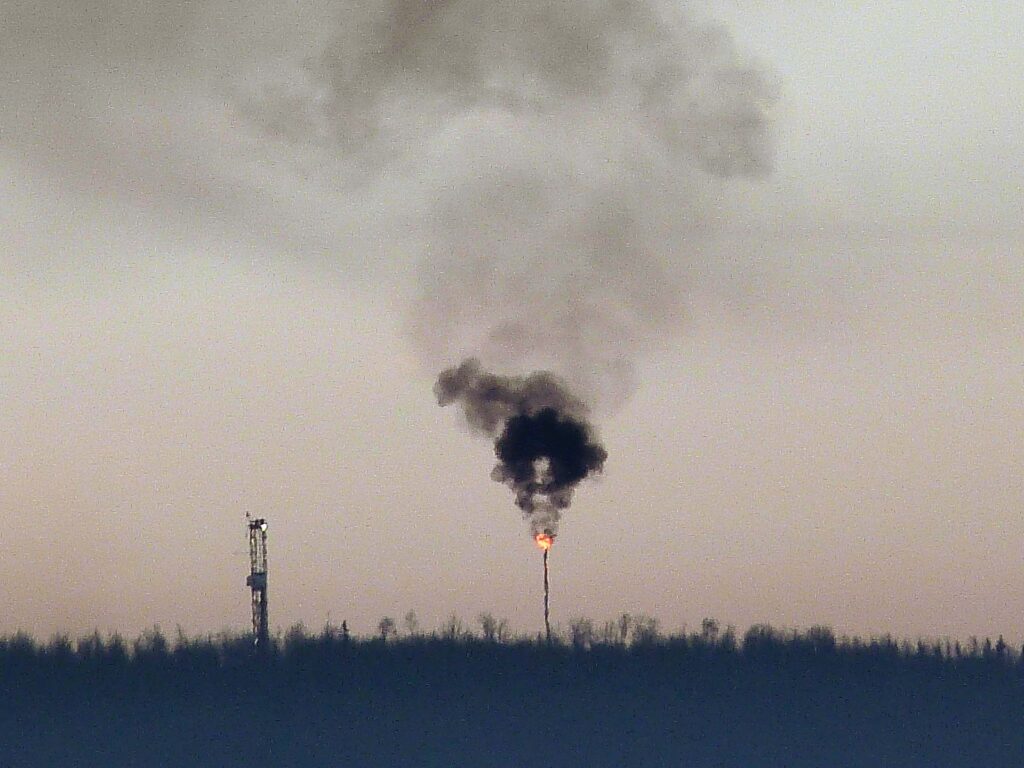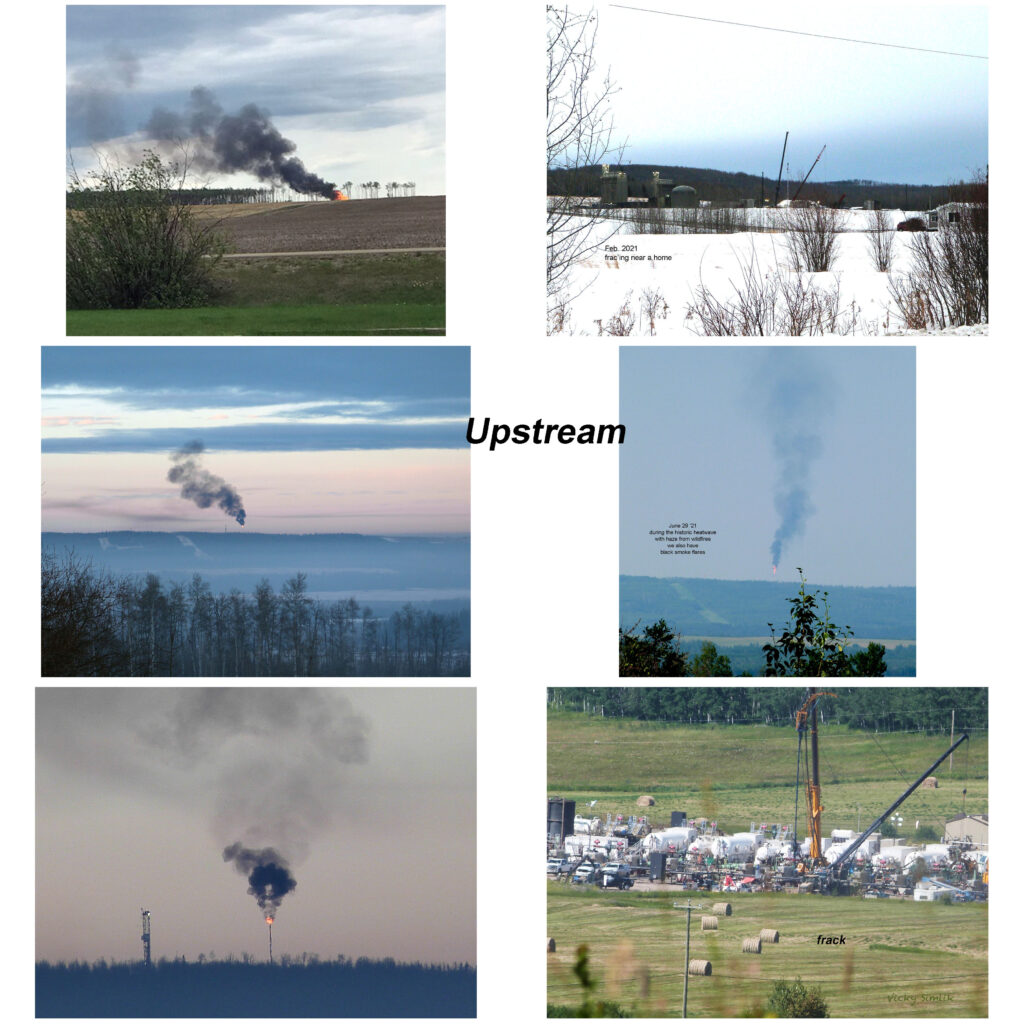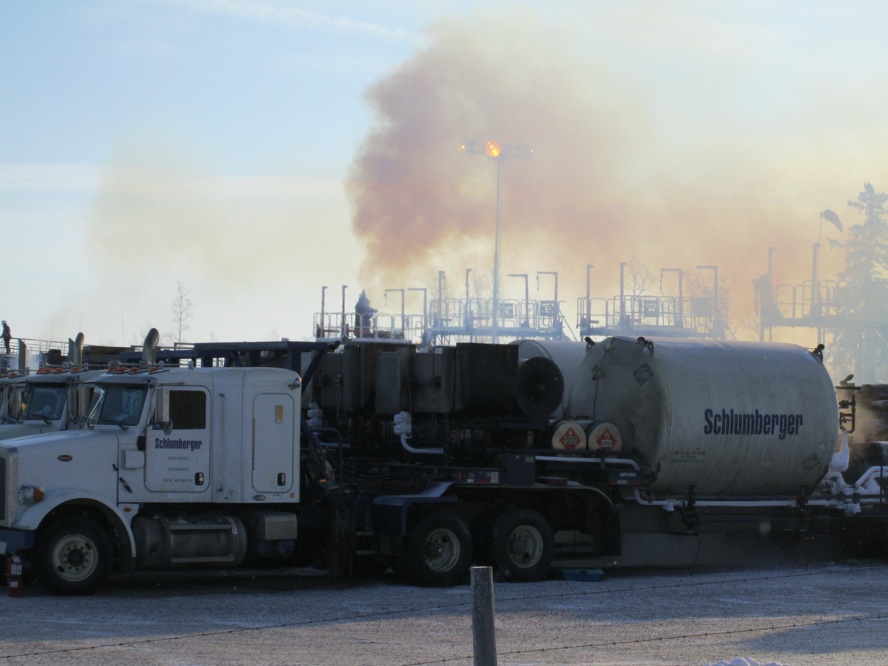
I dedicate this post to all those living frac’d and to my three Alberta friends who died recently of cancer, one younger than me.
One died from uterine cancer; she lived surrounded by NO2-spewing drilling, flaring and frac’ing, and compressors and gas plants, in a village with steeper coulee walls than Rosebud (which is surrounded by even more NO2-spewing activities and facilities because of Encana/Ovintiv’s cruel greed and Alberta’s Evangelical regulators deregulating while lying and publicly promising the opposite).





Breath deeply the freshly frac’d rural air in NEBC

Each frac stack spews NO2 and secret toxic chemicals and surround homes and farms.
The above photos were all taken in NEBC.
This health-harming shit precedes LNG. It’s not clean or green or safe.



Above three photos show NO2 spewing frac pollution North of Calgary, Alberta

NO2 pollution spewing gas plant near Calgary


Breath deeply into your cancer beds, dear polluter $ worshipping Albertans.
$$$$$$$
Air pollution, e.g. nitrogen dioxide exposure is strongly linked to uterine cancer. It’s emitted by drilling, production and flaring, tailpipes, gas-fired power plants (multiplying in Alberta like rats on a ship), and gas stoves in homes/restaurants.
From the study:
“Uterine cancer incidence and mortality rates have increased in recent decades, especially among non-Hispanic Black women who are more likely to be diagnosed with aggressive, nonendometrioid subtypes. We observed that Black participants were more likely to live in areas of higher NO2.”![]()
Outdoor air pollution exposure and uterine cancer incidence in the sister study by Feb 12, 2024, Oxford University Press
Abstract
Background
Outdoor air pollution is a ubiquitous exposure that includes endocrine-disrupting and carcinogenic compounds that may contribute to the risk of hormone-sensitive outcomes such as uterine cancer. However, there is limited evidence about the relationship between outdoor air pollution and uterine cancer incidence.
Methods
We investigated the associations of residential exposure to particulate matter less than 2.5 µm in diameter (PM2.5 ) and nitrogen dioxide (NO2 ) with uterine cancer among 33,417 Sister Study participants with an intact uterus at baseline (2003-2009). Annual average air pollutant concentrations were estimated at participants’ geocoded primary residential address(es) using validated spatiotemporal models. Cox proportional hazards models were used to estimate hazard ratios (HRs) and 95% confidence intervals (CIs) for the association between time-varying 12-month PM2.5 (µg/m^3 ) and NO2 (ppb) averages and uterine cancer incidence.
Results
Over a median follow-up period of 9.8 years, 319 incident uterine cancer cases were identified. A 5-ppb increase in NO2 was associated with a 23% higher incidence of uterine cancer (HR = 1.23, 95% CI 1.04-1.46), especially among participants living in urban areas (HR = 1.53, 95% CI: 1.13-2.07). However, PM2.5 was not associated with increased uterine cancer incidence.
Conclusion
In this large U.S. cohort, NO2 , a marker of vehicular traffic exposure, was associated with a higher incidence of uterine cancer. These findings expand the scope of health effects associated with air pollution, supporting the need for policy and other interventions designed to reduce air pollutant exposure.

Refer also to:
2022: Study on leaking, toxic unnatural gas stoves; leak badly – most when not in use.
2021: How “law makers” put polluting corporations above the law.

2021: Study: Living near oil development associated with lower lung function
